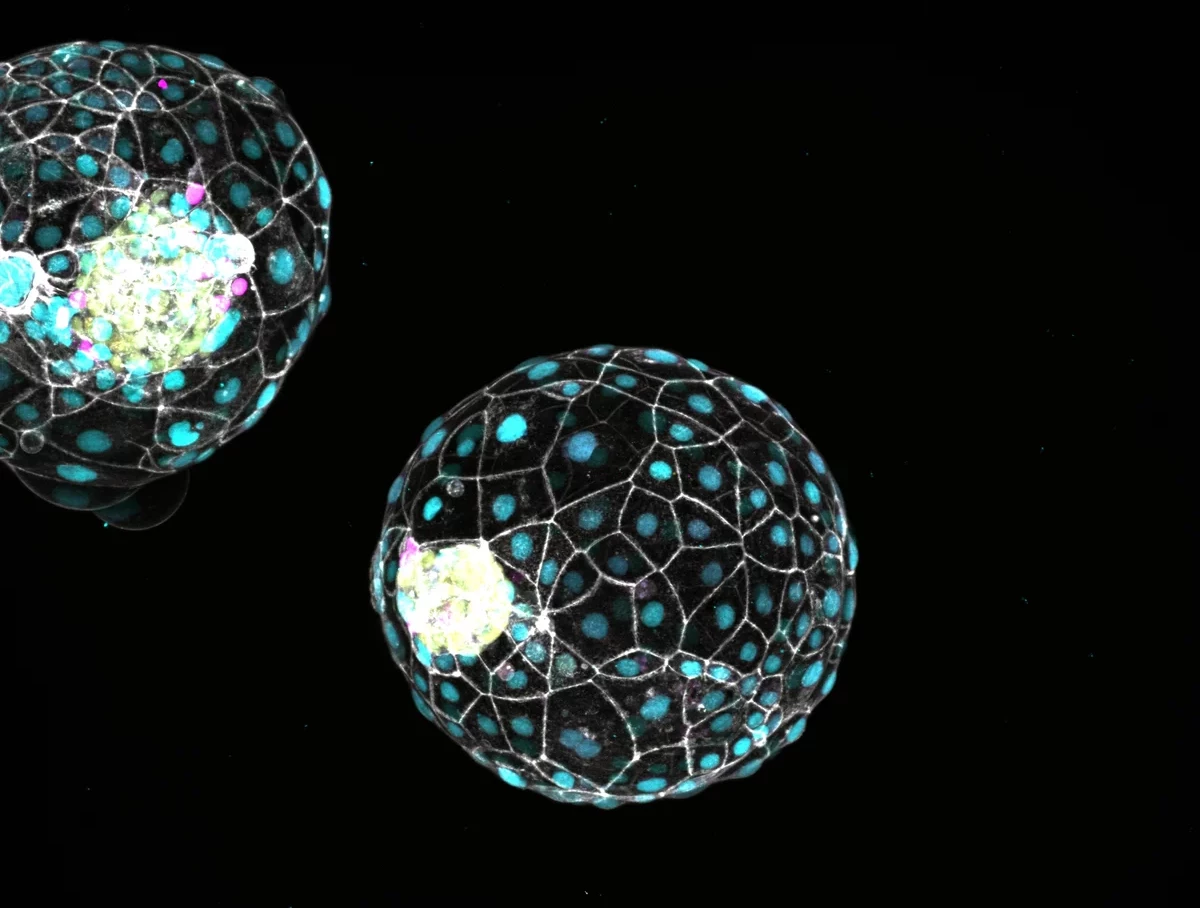Scientists have discovered a kind of “pause button” in early human development. This biological mechanism has long been known in other mammals, but its discovery in humans could aid IVF procedures.
Some mammal species have an ability known as embryonic diapause, in which the development of an embryo can be paused for weeks or even months, keeping the blastocyst from implanting in the uterus. This means the animal can wait out food scarcities or unfavorable seasons, and restart the pregnancy when conditions improve, better ensuring the survival of mother and young.
Species of rodents, bears, badgers, kangaroos and deer, among others, can make use of this process naturally, while scientists have triggered it in experiments in many others. But one thing wasn’t clear – whether diapause was retained in humans, even if we’ve since lost the ability to use it.
As it turns out, the mechanism is still there, lying (ironically) dormant. In new experiments, researchers at the Max Planck Institute for Molecular Genetics and the Austrian Academy of Sciences have managed to switch it back on in human cells.
Rather than actual embryos, the team experimented with stem cells and models of blastocysts called blastoids. With these, the researchers identified a specific molecular process, known as the mTOR pathway, that seems to control this state. When they blocked it, the blastoids seemed to go into a dormant state.
“The mTOR pathway is a major regulator of growth and developmental progression in mouse embryos,” said Aydan Bulut-Karslioglu, corresponding author of the study. “When we treated human stem cells and blastoids with an mTOR inhibitor we observed a developmental delay, which means that human cells can deploy the molecular machinery to elicit a diapause-like response.”
During this dormant state, cell division and development occurred at reduced rates, and the blastoids couldn’t stick to the uterine lining as easily. More evidence that it is diapause comes from the fact that the state only appears around the same stage of development as it’s seen in mammals. Importantly, when the mTOR pathway is reactivated, the blastoids go right back to their normal development process.
Although it’s still very early days, this research could have crucial implications for reproductive technologies.
“On the one hand, undergoing faster development is known to increase the success rate of in vitro fertilization (IVF), and enhancing mTOR activity could achieve this,” said Nicolas Rivron, co-author of the study. “On the other hand, triggering a dormant state during an IVF procedure could provide a larger time window to assess embryo health and to synchronize it with the mother for better implantation inside the uterus.”
The research was published in the journal Cell.
Source: Max Planck Gesellschaft




